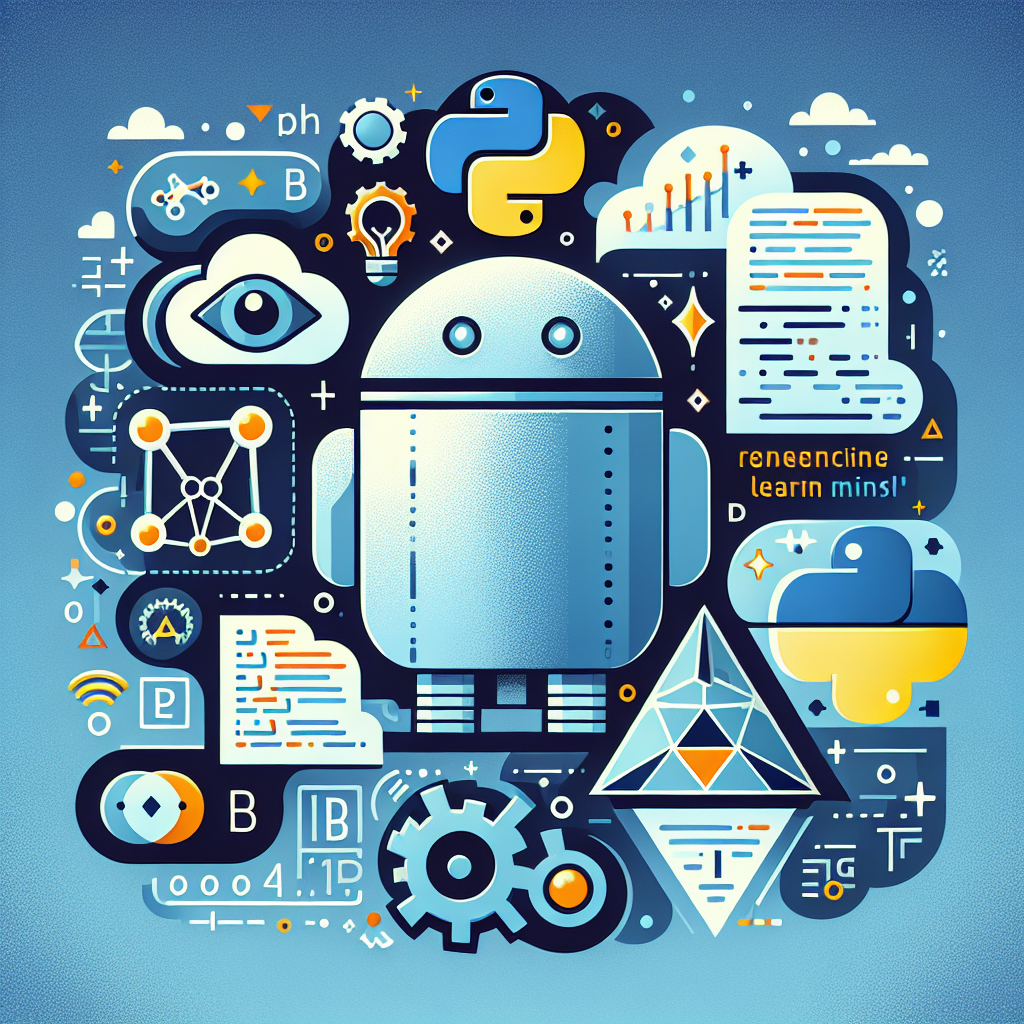Fix today. Protect forever.
Secure your devices with the #1 malware removal and protection software
Reinforcement Learning from Human Feedback (RLHF) is a promising approach in the field of artificial intelligence that aims to improve the performance of chatbots and large language models by learning from human feedback. By leveraging the power of reinforcement learning, RLHF allows these models to adapt and improve over time based on the responses and corrections provided by users.
In recent years, there has been a growing interest in exploring the potential of RLHF in enhancing the capabilities of chatbots and language models. With the increasing demand for more intelligent and interactive conversational agents, researchers and developers are looking for ways to make these models more responsive and accurate in understanding and generating human language.
One of the key advantages of RLHF is its ability to learn from human feedback in real-time, allowing the model to adapt and improve its performance on the fly. This is especially crucial in scenarios where the model encounters new or ambiguous input, as it can quickly adjust its responses based on the feedback received from users.
From a Python perspective, implementing RLHF in chatbots and language models is relatively straightforward thanks to the availability of libraries and tools that support reinforcement learning algorithms. Popular libraries such as TensorFlow and PyTorch offer comprehensive support for building and training RL models, making it easier for developers to experiment with different approaches and techniques.
To explore the potential of RLHF in chatbots and large language models, developers can start by defining a reward function that captures the desired behavior or performance metrics of the model. This reward function can be based on various factors such as user satisfaction, response relevance, or language fluency, depending on the specific goals of the application.
Next, developers can integrate the RLHF algorithm into the existing chatbot or language model architecture, allowing the model to receive feedback from users and update its parameters accordingly. By continuously learning from human feedback, the model can gradually improve its performance and become more accurate and effective in generating responses.
In conclusion, RLHF holds great potential in enhancing the capabilities of chatbots and large language models by enabling them to learn from human feedback and adapt in real-time. By leveraging the power of reinforcement learning and Python programming, developers can explore new possibilities in creating more intelligent and interactive conversational agents that can better understand and communicate with users. As research in this field continues to advance, we can expect to see even more sophisticated and capable chatbots and language models that are able to engage in more natural and meaningful conversations with users.
Fix today. Protect forever.
Secure your devices with the #1 malware removal and protection software
#Exploring #Potential #RLHF #Chatbots #Large #Language #Models #Python #Perspective,deep reinforcement learning with python: rlhf for chatbots and large
language models

Leave a Reply
You must be logged in to post a comment.